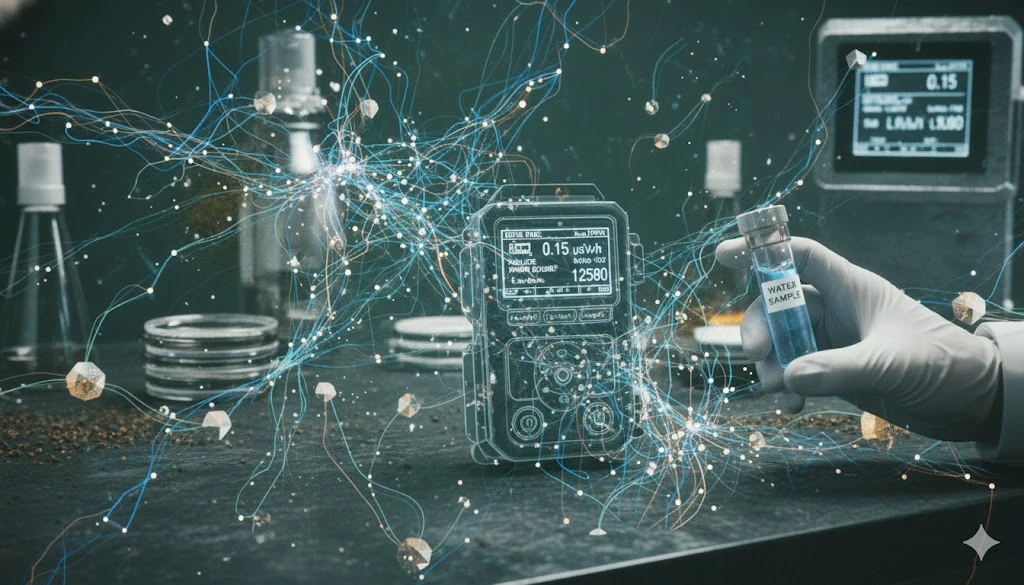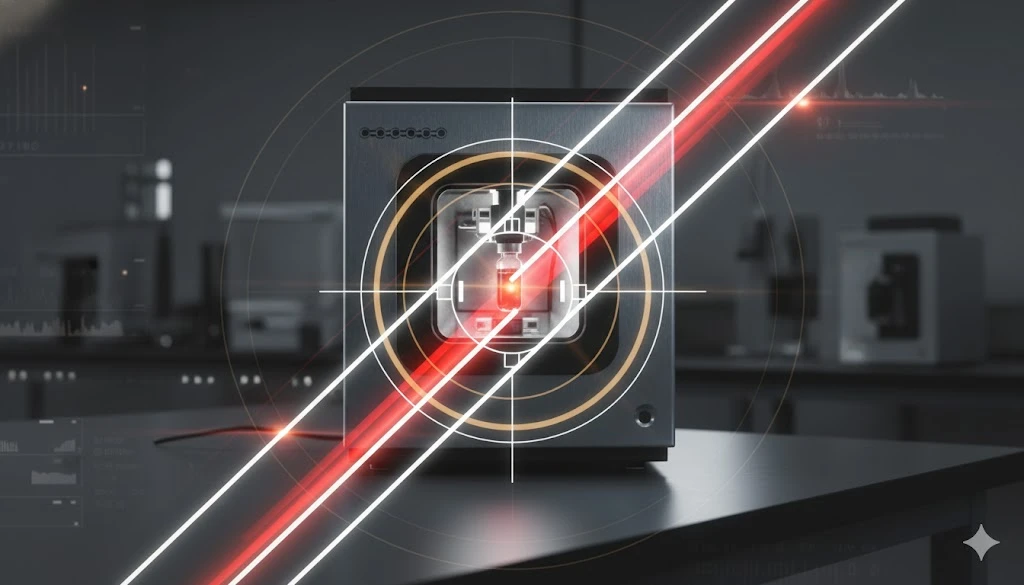Laboratory Balance Selection Checklist
A helpful list to guide your decision when selecting the right lab balance for your needs
1. Basic Requirements
- What is the maximum load capacity you need?
- What readability / resolution is required for your application? Do you need milligram, microgram, or sub-milligram accuracy?
2. Balance Type
- Micro or ultra-micro balance (<0.1 mg readability)
- Semi-micro balance (0.01 mg readability)
- Analytical balance (typically 0.1 mg readability)
- Precision or top-loading balance (1 mg – 100 mg readability)
3. Environment & Stability
- Is the balance protected from drafts, vibrations, or temperature shifts?
- Does the balance include a draft shield?
- Is your workspace vibration-free or will you need stabilization features?
4. Compliance & Documentation
Does your lab follow GLP/GMP or 21 CFR Part 11?
Do you need:
- Audit trail support?
- User access control?
- Electronic signatures?
- LIMS/software integration
5. Calibration & Maintenance
- Do you prefer (or need) internal or external calibration?
- Are calibration weights available and certified?
- Is the balance easy to clean (e.g., removable pan, smooth surfaces)?
6. User Experience
- Easy-to-use interface or touchscreen display?
- Guided setup or onboard help features?
- Multiple weighing modes / application programs (e.g., density, percentage, formulation)?
7. Budget & Support
- Does the price match your lab’s budget?
- Are warranty, support, and service plans available?
- Is the brand known for reliability and long-term support?

Dec 03, 2025
Featured, Popular Products
The Importance of Spatial Imaging in Modern Research
Preserving spatial context to determine what molecules are present and how they interact in native environments

Dec 03, 2025
Featured, Popular Products
The Evolution of Continuous Processing in Pharmaceutical Development and Manufacturing
Ongoing advancements in technologies including hot-melt extrusion and twin-screw granulation will further accelerate the transition to continuous processing as the new standard in pharmaceutical development.

Dec 02, 2025
Featured, Popular Products
The Expanding Impact of Biolayer Interferometry on Antibody Development
Biolayer Interferometry (BLI) now sits at the center of modern antibody R&D - delivering kinetic, affinity, specificity, and competitive binding insights in a single streamlined platform.

Nov 24, 2025
Buying Guides, Featured
Advanced Raman Spectroscopy and the Need for Rapid and Reliable Data in Pharma Testing
As the pharma industry continues to shift toward agile manufacturing, continuous processing, and real-time release testing, advanced Raman spectroscopy technologies are set to lead the way.

Nov 21, 2025
Featured, Popular Products
3D Cell Imaging and Analysis: How the Landscape Is Changing
Reshaping expectations for 3D cell imaging and analysis and driving the development of more integrated, automated solutions

Oct 29, 2025
Technical Insight
Advances in Scintillation Counter Design for Reduced Background Noise
New methodologies in ultra-sensitive radiation detection rely heavily on sophisticated physical and electronic design to achieve the lowest possible limits of detection in complex matrices.

Oct 29, 2025
Technical Insight
Selecting Scintillation Vials and Cocktails for Optimal Counting Efficiency
Expert guidance for laboratory professionals on achieving superior counting statistics and reproducible results by matching sample type with optimal vials and cocktails properties.

Oct 29, 2025
Technical Insight
Applications of Scintillation Counting in Environmental Monitoring
This comprehensive guide details how scintillation counting methods are essential for precise, low-level radionuclide detection across complex environmental monitoring matrices, ensuring regulatory compliance and scientific integrity.

Oct 29, 2025
Technical Insight
Maintaining Scintillation Counters: Quench Correction and Efficiency
Comprehensive guide for laboratory professionals on the essential practices for maintaining scintillation counters, ensuring highly accurate and reproducible measurements.

Oct 29, 2025
Technical Insight
Liquid vs. Solid Scintillation Counting: Which Method to Choose?
A detailed analysis for laboratory professionals comparing the principles, sample preparation requirements, and operational considerations of liquid scintillation and solid scintillation counting.

